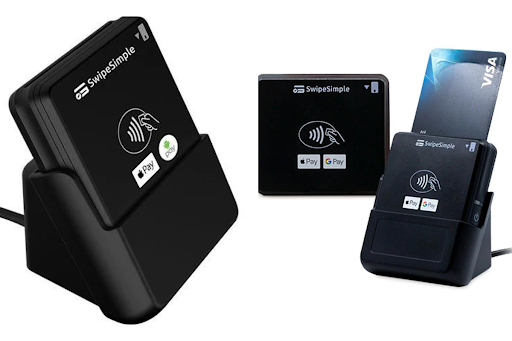In an era where digital transactions dominate, card readers have become indispensable tools for businesses and consumers alike. These devices facilitate smooth and secure payments, ensuring that financial transactions are both convenient and efficient. Understanding the different types of card readers and their functionalities can help businesses make informed decisions that enhance their payment processing systems.
What are Card Readers?
Card readers are devices that read data from credit cards, debit cards, and other payment cards to facilitate electronic transactions. These devices come in various forms and functionalities, catering to different business needs and consumer preferences. Whether you run a small business or a large enterprise, a reliable card reader is crucial for seamless payment processing.
Types of Card Readers
Magstripe Readers:
Magstripe readers are among the oldest types of card readers, reading information encoded on the magnetic stripe of a card. While they are still in use, they are gradually being phased out in favor of more secure options.
EMV Chip Readers:
EMV chip readers read data from the chip embedded in modern credit and debit cards. These readers provide enhanced security by generating a unique transaction code for each transaction, making it difficult for fraudsters to replicate card information.
Contactless Readers:
Contactless readers, or NFC (Near Field Communication) readers, allow consumers to make payments by simply tapping their card or mobile device near the reader. This technology is widely used for its convenience and speed, especially in busy retail environments.
Mobile Card Readers:
Mobile card readers connect to smartphones or tablets, transforming them into portable point-of-sale (POS) systems. These are ideal for small businesses, freelancers, and vendors who require mobility and flexibility.
The Role of Credit Card Readers and Machines
Credit card readers and credit card machines are pivotal in modern retail and service industries. They enable businesses to accept card payments, which is essential in a world where cash transactions are increasingly rare.
Credit Card Reader:
A credit card reader is a device that reads the information stored on a credit card’s magnetic stripe or EMV chip. These readers are often used in conjunction with POS systems to process payments quickly and securely.
Credit Card Machine:
A credit card machine, also known as a card terminal, not only reads card information but also connects to the bank to authorize and process payments. Modern credit card machines often include features such as touchscreen interfaces, receipt printers, and the ability to accept contactless payments.
Benefits of Using Card Readers
Increased Sales:
By accepting card payments, businesses can cater to a broader customer base, including those who prefer not to carry cash. This can lead to increased sales and higher customer satisfaction.
Enhanced Security:
EMV chip readers and contactless payments provide robust security features that protect both the consumer and the business from fraud. These technologies reduce the risk of data breaches and unauthorized transactions.
Efficiency and Speed:
Card readers streamline the payment process, reducing the time customers spend at the checkout. This is particularly beneficial for businesses with high foot traffic, as it improves overall operational efficiency.
Convenience:
For consumers, card readers offer the convenience of quick and easy payments. For businesses, they provide a reliable way to manage transactions and keep accurate records.
Selecting the Right Card Reader for Your Business
Choosing the right card reader depends on your business needs and customer preferences. Here are some factors to consider:
Transaction Volume:
High-volume businesses might benefit from advanced credit card machines with fast processing speeds and additional features. Smaller businesses might find mobile card readers more suitable due to their affordability and portability.
Security Features:
Ensure the card reader you choose has robust security features such as EMV chip technology and encryption to protect against fraud.
Ease of Use:
A user-friendly interface is crucial for both employees and customers. Look for card readers that are intuitive and easy to operate.
Integration with POS Systems:
If you already have a POS system in place, ensure the card reader is compatible with it. This will streamline your payment processing and inventory management.
Cost:
Consider both the upfront cost of the card reader and any ongoing fees such as transaction fees or maintenance costs. Choose a solution that fits within your budget while meeting your business needs.
Future Trends in Card Readers
As technology evolves, so do card readers. Here are some trends to watch:
Biometric Authentication:
Future card readers may incorporate biometric features such as fingerprint or facial recognition to enhance security and speed up transactions.
Integration with Digital Wallets:
With the rise of digital wallets like Apple Pay and Google Wallet, card readers will increasingly support these payment methods, offering more flexibility to consumers.
AI and Machine Learning:
AI and machine learning can help detect fraudulent transactions in real time, providing an additional layer of security for businesses and consumers.
Conclusion
Card readers play a vital role in modern payment systems, offering convenience, security, and efficiency for both businesses and consumers. By understanding the various types of card readers and their benefits, businesses can select the right solution to meet their needs. As technology continues to advance, staying informed about new developments and trends will ensure that your payment processing remains ahead of the curve.

